Single Handle Shower Faucet No Hot Water [Troubleshooting Guide]
Waking up one day and realizing your single handle shower faucet has no hot water may seem frustrating. But it’s often an underlying issue that was ignored and now has finally reached its peak.
You may be able to fix the problem but sometimes the need for a professional is unavoidable.
The main reasons for a single handle shower faucet to have no hot water are a malfunctioning cartridge or balancing spool, problematic anti-scald device, airlock, and hot water leak. To fix this, you may need to try one or more solutions.
I will discuss each of these causes with the solutions in this guide, so make sure you stick to the end.
Exactly Why Does Your Single Handle Shower Faucet Has No Hot Water?
A good place to start would be asking yourself, exactly why is there no hot water from my single handle faucet shower? What could be the issues?
According to what I found, the main reasons for having no hot water in the shower or sink are:
If you face any of these issues causing the single-handle shower faucet to not deliver hot water, try the solutions given below.
A Jammed Balancing Spool/Cartridge
Two components that are in charge of controlling the flow of water and regulating the temperature are the cartridge and balancing spool.
One of these parts getting stuck for some reason can cause problems with having hot water. You may need to replace the balancing spool or cartridge or both to solve the problem.
Replacing the Cartridge
Different shower valves will come with varying mechanisms. Start by looking for the manufacturer’s name first in the valve markings to find out which specific cartridge it requires.
You can contact the manufacturer to get the replacement cartridge or visit a hardware store to access it yourself.
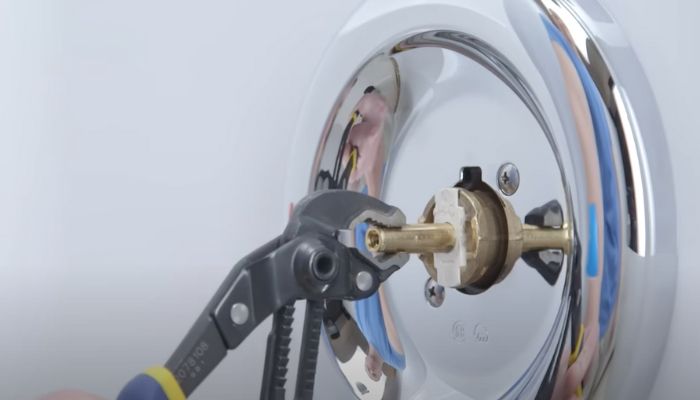
Fixing the Balancing Spool
Too High Setting or Failure in Anti-Scald Device
Exactly why is my shower not getting hot water, but my sink does? Is that the specific problem you are facing? Well, it could be the anti-scald device’s fault then.
Your shower is probably not getting hot water, but your sink does because of a failed anti-scald device. This component is responsible for preventing scalding. Often malfunctions here can lead to stopping hot water from coming out. And you’ll discover that there’s no hot water in the shower, but sinks are fine.
If you don’t already know, the anti-scald device is a significant part of most plumbing regulations. The absence of this device often creates questions of legality for many two and three-handle shower faucets out there.
Most single-handle shower faucets come with it. But if the device breaks or is set too high, then you may experience no hot water from the shower faucet.
Now how do you figure out that the anti-scald device is responsible for this problem?
You Can Try Adjusting the Anti-Scald Device to Check:
Airlock in the System
Two reasons can cause airlocks in a shower system. These are:
Both of these actions can cause air to be trapped inside the pipes. And it happens from the malfunction of the pressure regulators. As a result, the water cannot move through the air. And eventually, it will not reach the output unit.
So, if you discover that there’s no hot water or no cold water in the shower after replacing the cartridge, this could be it. A few pipes associated with the hot inlet can experience an airlock causing no hot water in the system.
To quickly fix this problem:
Hot Water Leak in the System
Repairing a hot water leak in a shower faucet can be tricky. However, often one result that comes from this issue is the inability of a single-handle shower faucet to provide hot water. A hot water leak can cause the hot water to not reach the shower faucet.
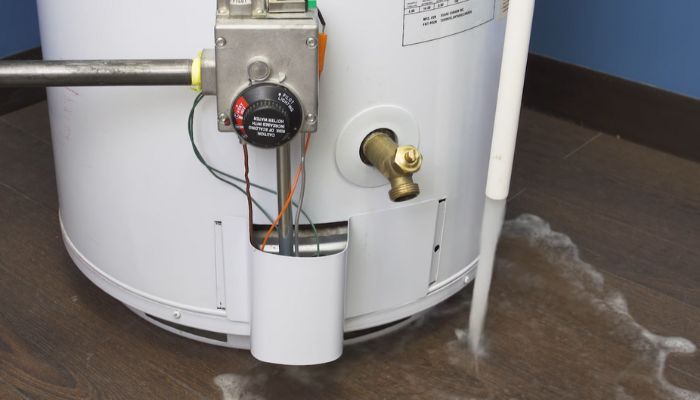
Now the leak can take place for these reasons:
To fix this problem you need to address the exact source of the hot water leak affecting the shower faucet. You may require tightening or replacing the loose and faulty connections. For cracks and corrosion, you will require cleaning those.
Sometimes the severity of the hot water leak is quite extensive. And in that case, a complex repair done by a professional is your only safe route to go.
Signs that You Should Consider Upgrading Single Handle Shower Faucet
After you fix the issue and hot water starts to pour from your single-handle faucet, consider checking if this is only a temporary solution.
Often the single-handle shower faucet starts malfunctioning and showing issues one after another. Old and roughly used fixtures will give up working properly someday, and the faucet is no different.
So, it’s best to consider upgrading the single-handle shower faucet. Also, sometimes you won’t be able to fix the issue without replacing it.
These are some signs that signal your single-handle shower faucet requires an upgrade:
- Finding leaks consistently can mean damaged internal components suggesting the need for a replacement.
- Decreased water flow may take place from severe accumulation of mineral deposits needing an upgrade of the corroded/clogged faucet.
- Problematic water temperature adjustment from loose and worn-out handles and other significant parts at the same time signals the deterioration of the entire mechanism.
There are more signs, but these are the major ones. When you decide to go for an upgrade, consider your bathroom style, fix a budget and list down some specific needs before you go shopping for it.
After receiving the new part, you can replace single handle shower faucet following the provided manual. Or you can ask a professional to do it in case the plumbing system of your household has previous issues or complications.
Frequently Asked Questions
How do I identify if the balancing spool or cartridge is causing the problem?
If your shower lacks hot water, a jammed balancing spool or malfunctioning cartridge could be the culprit. You can identify this by checking for visible damage, mineral buildup, or cracks. Replacing these components might be necessary for a solution.
My shower isn’t getting hot water, but the sink is. What could be the reason?
The issue might be related to the anti-scald device. If it’s failed or set too high. It can prevent hot water in the shower while allowing it in the sink. Try adjusting the anti-scald device by rotating it with a screwdriver or Allen wrench. This will help to achieve the desired water temperature.
Can I fix the shower faucet issue permanently, or is an upgrade necessary?
While you can fix some issues with the provided solutions, it’s essential to assess the overall condition of the faucet. If you consistently face problems, then you might need upgrading to a new single-handle shower faucet.
Wrapping Up
And there you have some solutions to try when your single handle shower faucet provides no hot water.
Keep in mind that a few rare issues can also lead to this situation. For example, having a damaged cartridge in the point-of-use filtration system. Or underlying problems in cross-connected pipes.
If the common culprits that I discussed today are not to blame for the problem, it’s best and safe not to guess anymore. And simply get help from a professional plumber.
I will see you soon in my next guide. Take care!

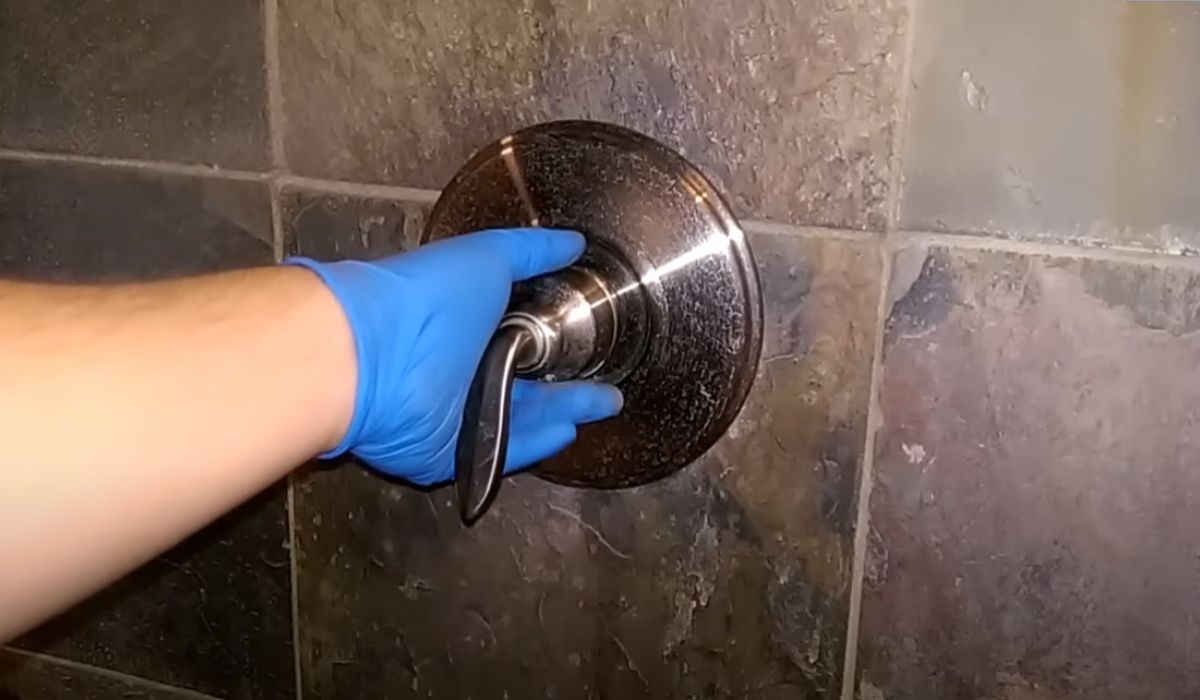
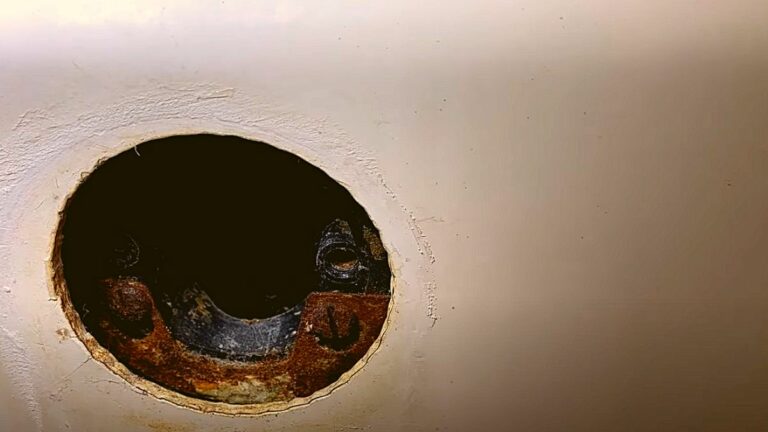
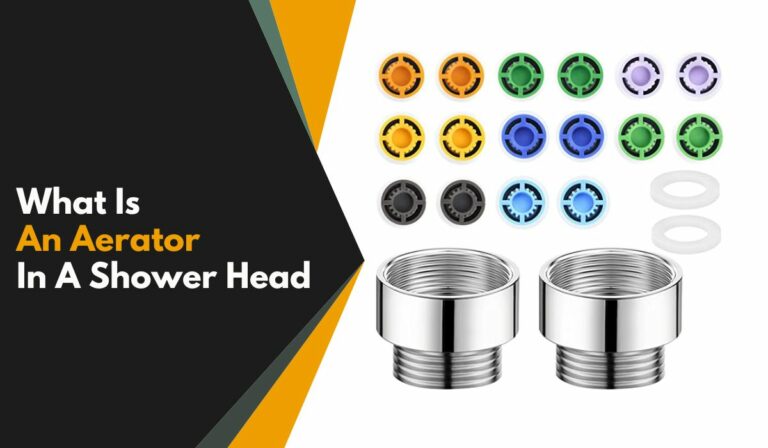
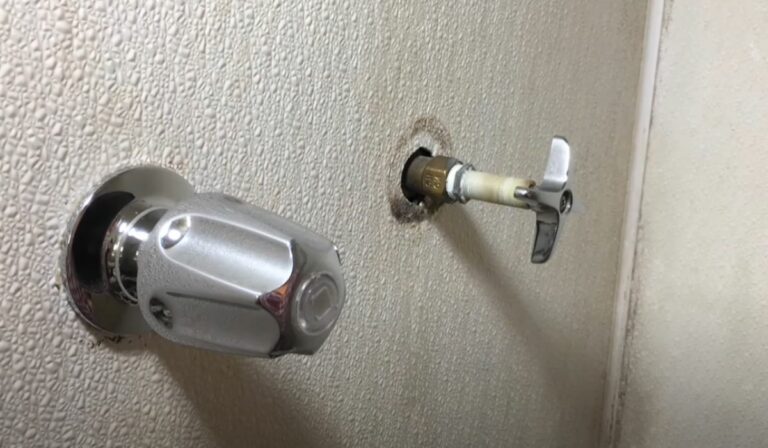
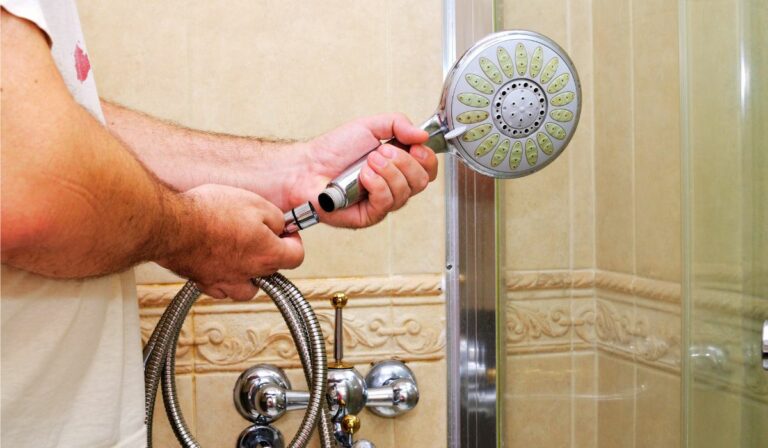
![Shower Diverter Is Not Fully Diverting [Solved]](https://faucetfam.com/wp-content/uploads/2023/08/Shower-Diverter-768x448.jpg)
![Shower Turned Off But Water Still Running? [Solved]](https://faucetfam.com/wp-content/uploads/2023/06/Shower-Turned-Off-But-Water-Still-Running-768x448.jpg)